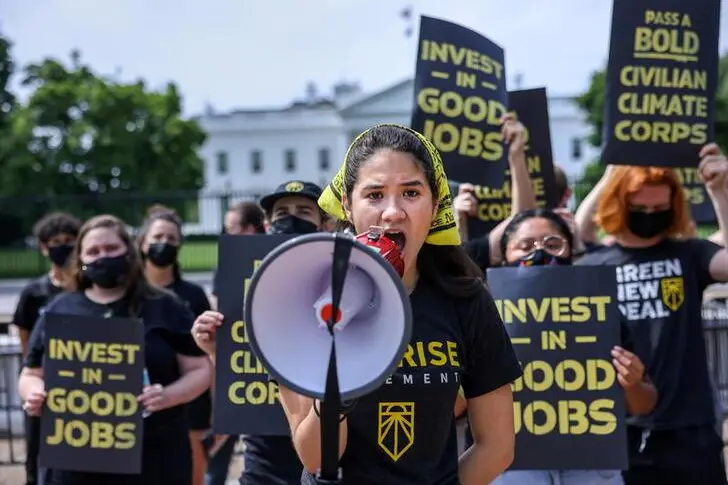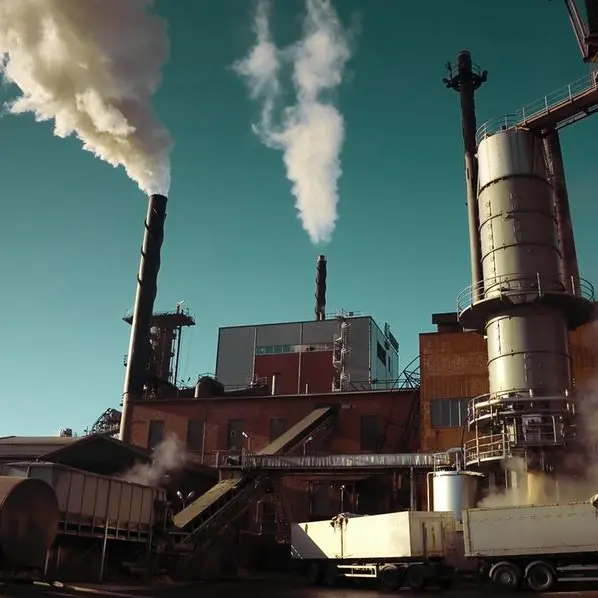PHOTO
NEW YORK - A new flight of large-scale climate projects requiring financial backing of about $1 trillion a year will be needed to meet the Biden administration's carbon goals, a U.S. Energy Department official said in a presentation on Thursday.
"The pace at which we are deploying climate solutions is wholly unacceptable," said Jigar Shah, director of the Loan Programs Office at a virtual panel organized by IHS Markit as part of its CERAWeek conversations series.
The Biden administration has set a goal to reach 100% carbon pollution-free electricity by 2035. The U.S. Energy Department's Loan Programs Office is intended to provide funding to emerging green technologies that may not qualify for financing from commercial banks.
"At some point we can hand it off to Wall Street to do the next $100 billion," he said. "Every one of these technologies has to get to a $1 trillion scale - that's the only way we get to the goals we've set."
In the United States, about $200 billion is spent annually on new climate change mitigation efforts, Shah said.
"That number has to probably be a trillion dollars a year" to meet the administration's goals to be announced this November at the United Nations Climate Change conference in Glasgow.
Shah did not elaborate on the planned announcement, but the administration has previously set targets for a pollution-free economy by 2050.
The Loan Programs Office has about $46 billion in loans and loan guarantees available to help fund large-scale energy and energy infrastructure projects in the United States.
Shah's office received applications for about $7 billion a month of financing for projects, and is aware of 40 potential incoming projects in areas as varied as advanced nuclear power to electric vehicle battery manufacturing.
Such projects could include more expansive approaches to carbon capture and sequestration, which involves trapping carbon dioxide and preventing it from entering the atmosphere, that have gained traction at a smaller scale.
"Now the question becomes, what does scale-up look like," he said. "We have to find the next set of technologies."
The loan guarantee program has come under scrutiny for past failures including providing loans to solar cell maker Solyndra, which filed for Chapter 11 protection in 2011.
But Shah also pointed to success stories, noting a loan to a Tesla Inc. manufacturing plant helped launch the electric car company's Model S.
(Reporting by Jessica Resnick-Ault; Editing by Ana Nicolaci da Costa) ((Jessica.Resnick-Ault@thomsonreuters.com; +1 332 219 1145;))












